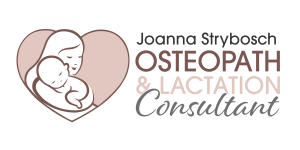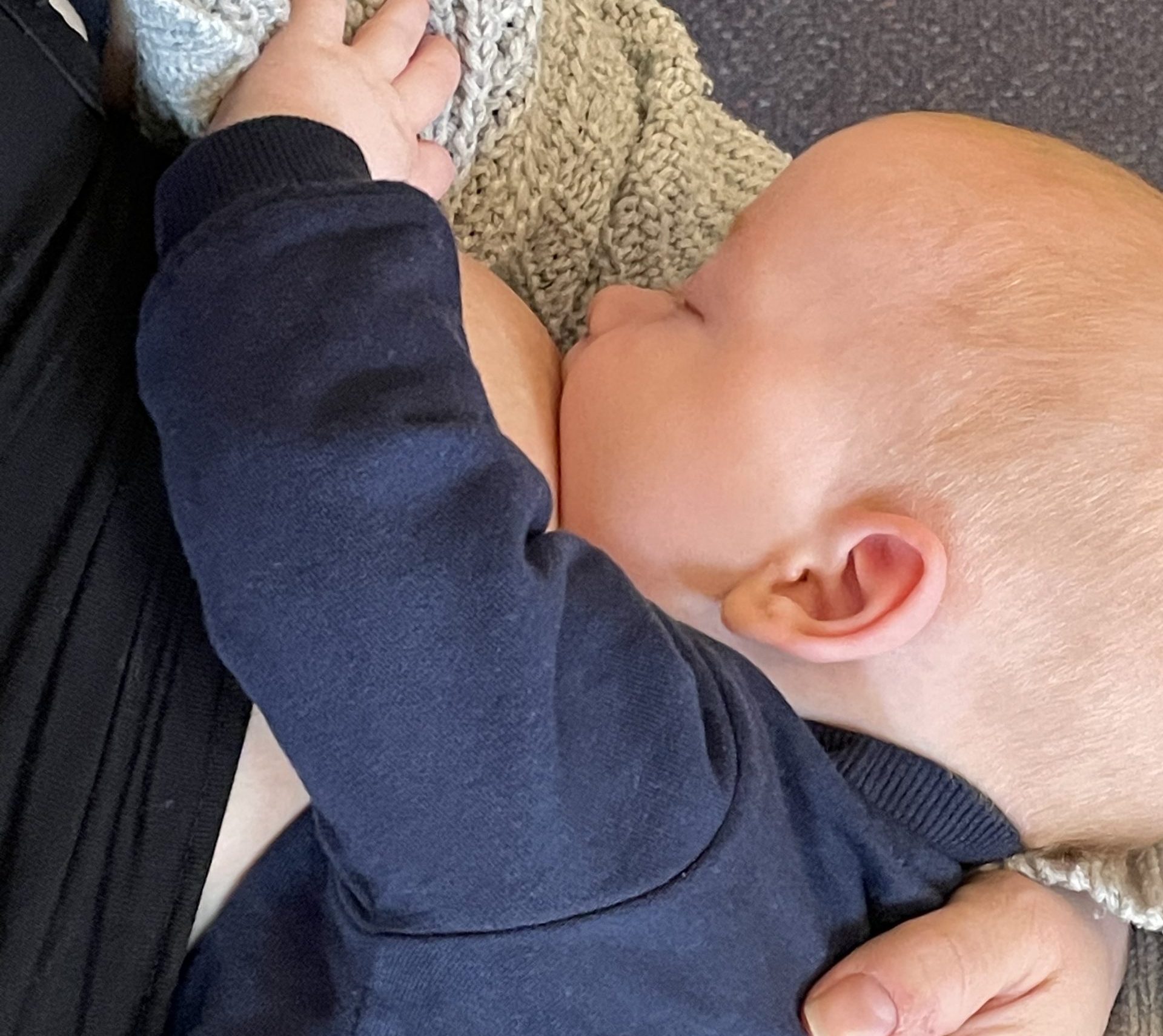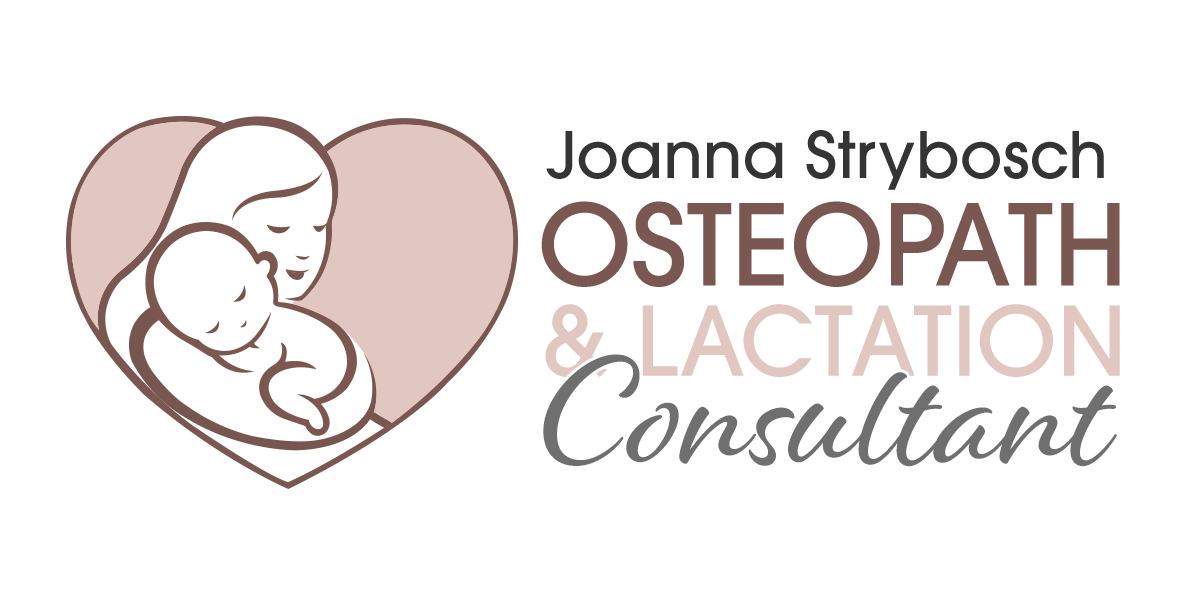When a woman has breastfeed a previous baby, there may be an assumption that she will just know what to do when her next baby comes along.
Although prior breastfeeding experience is helpful, in my experience as a lactation consultant, I find that oftentimes mums need a refresher on how to position and latch a newborn. Afterall, the last baby she breastfed would have likely been an older baby, or even a toddler. Feeding a newborn is very different to feeding a toddler. The way she approached feeding her last baby will not be the way she begins with her next baby. It is important for mothers to realise this to avoid the mistake of assuming her newborn has skills that he has in fact not yet acquired.
Breastfeeding a newborn is different to feeding an older baby and requires attention to specific aspects for best success. Newborn babies have to learn the skill of breastfeeding and they need certain things to be optimal to help them in that learning journey. Older babies have more mature sucking skills and have far greater head control and therefore they can be much more adaptable and flexible with their positioning without compromising their latch.
Three Top Tips to Remember When Feeding a Newborn Again:
- Ensure babies lower arm is around mum. When feeding a newborn in the cradle hold position, one of the commonest mistakes I see is forgetting to get the lower arm out from under baby and put it around mum. Babies have a reflex called the Asymmetric Tonic Neck Reflex (ATNR) that makes them extend and straighten their arm on the same side as they turn their head. Having baby’s arm extended as they are brought to the breast will help baby turn towards mum and not away. This reflex can be used to great affect in helping a newborn baby learn to locate the breast. In addition, this position will encourage maximum closeness between mother and baby’s bodies, which is ideal for optimal positioning and a deep latch.
- Babies are more stable when they are lying on their front, not on their back. Mum should recline as much as possible and have her baby lying on her tummy, on top of her. This will allow baby to have maximum contact with her mother’s body and assist her stability at the breast. This prone position will also help avoid triggering the Moro (or startle) reflex.
- Have baby’s head and spine in alignment during latching and feeding. When the head and body are in a straight line, not turned, swallowing is easier. You only have to try swallowing a mouthful of liquid whist looking over your shoulder to know how uncomfortable this is. Older babies can easily sit on their mums lap and twist their body or turn their head to locate and latch onto the breast. But a newborn needs their head and body aligned to allow the most optimal latch and swallow.
For more advice about feeding your newborn and for personalised information see your local lactation consultant. IBCLC’s are the leading experts on lactation advice.




